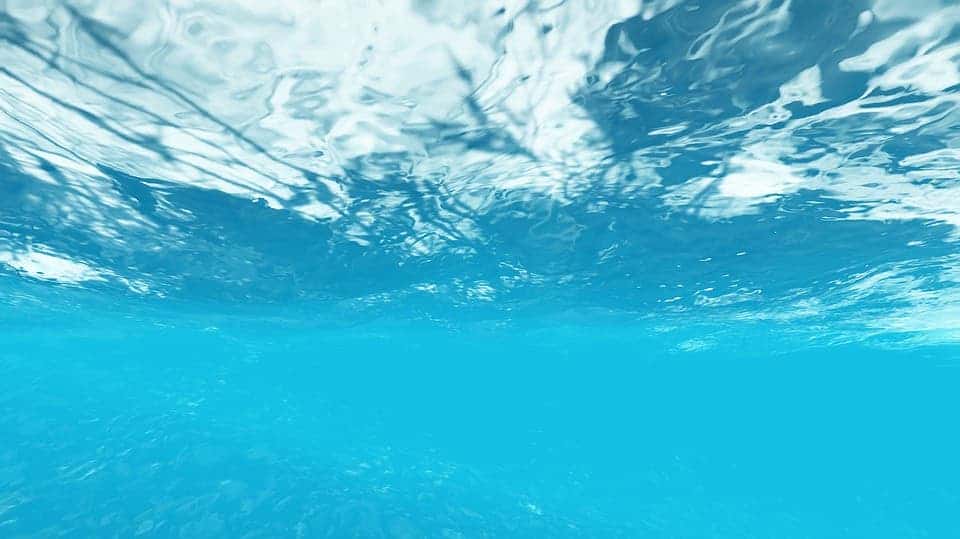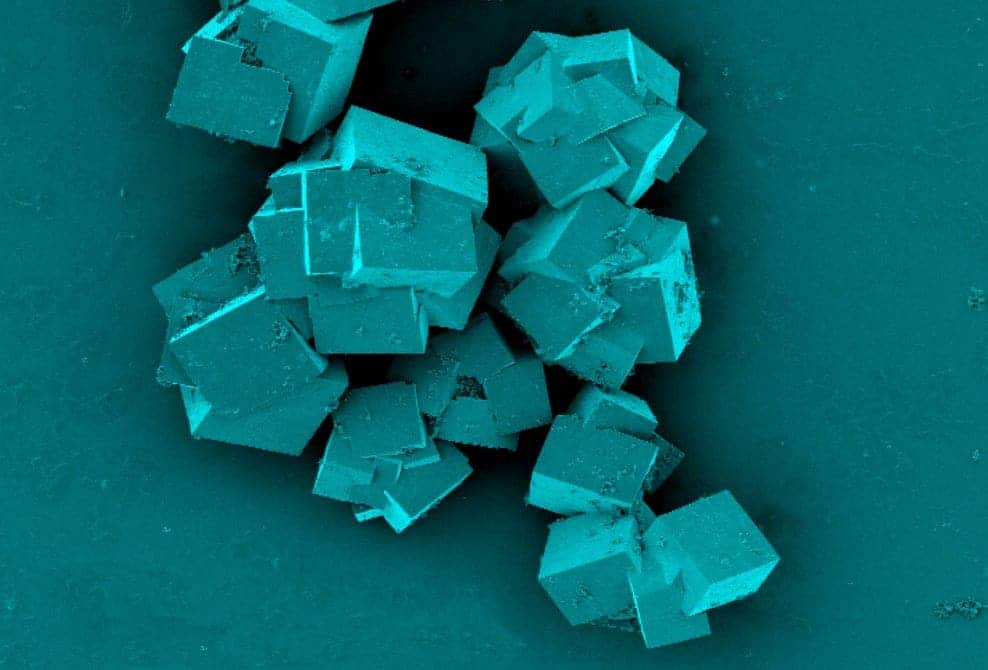A new desalinization technique can not only turn seawater into delicious freshwater but also recover lithium ion for use in batteries.

You might have come across the viral story that follows Cape Town’s impending water crisis, which threatens millions. The South African city isn’t alone — it’s a heartbreaking story, but it’s just one of many other cases happening due to poor water management and unsustainable usage.
Earth, the pale blue dot, looks like a watery paradise from outer space. It sounds ludicrous that there isn’t enough water to go around but, despite covering about 70% of the Earth’s surface, water — particularly, drinking water — is not as plentiful as you might think. Only 3% of it is fresh.
Due to population growth, climate change, and human action, global demand for fresh water is expected to exceed supply by 40% in 2030, according to a UN report. Already, over one billion people lack access to drinkable water and another 2.7 billion find it scarce for at least one month of the year.
Bearing all of this in mind, it’s no wonder that many institutions and companies have been wildly experimenting with desalinization farms all over the world, particularly in countries vulnerable to droughts. Some of these projects cross the boundaries between reality and science fiction, such as The Pipe — a solar-powered offshore desalination plant that could serve pure drinkable water directly into a Californian city’s primary water piping.
https://www.youtube.com/watch?time_continue=49&v=vLgmFRceoVE
Typical desalination plant process.
From salty to fresh in one pass
Researchers at Monash University, the CSIRO, and the University of Texas at Austin think they have a more efficient solution. Instead of relying on external power to drive reverse osmosis pumps, the team is experimenting with a more passive desalinization technique.

They developed a membrane based on metal-organic frameworks (MOFs), inspired by the “ion selectivity” of biological cell membranes. The scientists designed their membrane such that the MOFs only dehydrate specific ions that pass through passively, without having the water forced into the membrane, thus saving energy.
“We can use our findings to address the challenges of water desalination. Instead of relying on the current costly and energy-intensive processes, this research opens up the potential for removing salt ions from water in a far more energy efficient and environmentally sustainable way,” Huanting Wang, a professor at Monash, said in a statement.
Not only does the MOF membrane output clean, drinkable water, but it also filters out lithium from the seawater. The lithium stays embedded within the membrane’s spongy structure, ready to be collected. Lithium is in high demand by the electronics industry which requires it for lithium-ion batteries, the kind that power everything from smartphones to Tesla roadsters.
“Also, this is just the start of the potential for this phenomenon. We’ll continue researching how the lithium ion selectivity of these membranes can be further applied. Lithium ions are abundant in seawater, so this has implications for the mining industry who current use inefficient chemical treatments to extract lithium from rocks and brines,” Wang added.
MOFs have a huge internal surface area — the largest of any known material. If you’d unfold a single gram of the material, you could cover an entire football field. Previously, researchers have exploited MOFs’ intricate structure in carbon emission sponges, high-precision sensors, microbial water filters, and even artificial photosynthesis reactors that produce liquid fuels literally out of thin air.
The same technique could also be employed in other applications, particularly in waste management. The mining industry, for instance, relies on reverse osmosis membranes to reduce water pollution and recover valuable minerals. Likewise, reverse osmosis is used by the industry to filter wastewater in processes like fracking.
Produced water from shale gas fields in Texas is rich in lithium,” says Benny Freeman, co-author of the study. “Advanced separation materials concepts such as ours could potentially turn this waste stream into a resource recovery opportunity.”
The findings have been published in Science Advances.
Was this helpful?



